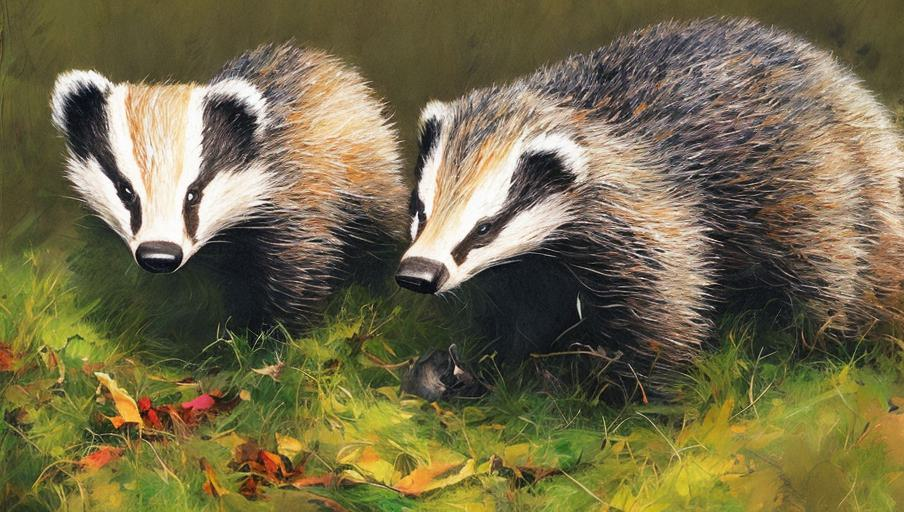Reinventing Badger Habitats and Conservation

Introduction
Badgers are a common species of mustelid found in North America, Europe, and Asia. They are small, stocky mammals known for their black and white markings. Badgers have a long history of being an important part of the ecosystem, but their population has been decreasing in recent years due to habitat destruction and human interference. Conservation efforts have been challenging, but there is hope that badger populations can be restored if the right strategies are implemented.
Habitat Destruction
The destruction of badger habitats is one of the primary reasons for their declining population. Badgers live in burrows, and they have been losing these burrows due to urbanization, agricultural expansion, and other human activities. As a result, badgers are forced to move to more dangerous and less hospitable regions, making it harder for them to survive. Additionally, badger habitats are often destroyed through the use of pesticides, which can poison badgers and other creatures that live in the area.
Conservation Efforts
Conservation efforts for badgers have been ongoing for many years, but progress has been slow. One strategy that has been successful is the creation of badger reserves, which are areas where badgers are protected from human interference and their habitats are preserved. These reserves are often managed by conservation organizations that monitor the badger population and ensure that their habitats are not damaged. Additionally, conservation efforts can also involve reintroduction programs, where badgers are relocated to habitats that have been destroyed in order to help restore the population.
Badger-Friendly Policies
In order to protect badgers, governments and other organizations have implemented policies that are designed to protect their habitats. For example, some laws have been passed that limit the use of pesticides in areas where badgers live. Additionally, some governments have implemented land-use policies that restrict the construction of buildings in areas where badgers live, and there are also regulations that require certain areas to remain as natural habitats for badgers. These policies help to ensure that badger habitats are protected and that their population can be restored.
Conclusion
Badgers are an important species and their population needs to be protected. The destruction of their habitats has caused their numbers to decline, but there are strategies that can help to restore their population. Conservation efforts such as badger reserves, reintroduction programs, and badger-friendly policies can help to protect badgers and their habitats. By implementing these strategies, we can help to ensure that these creatures can continue to thrive in their natural habitats.





